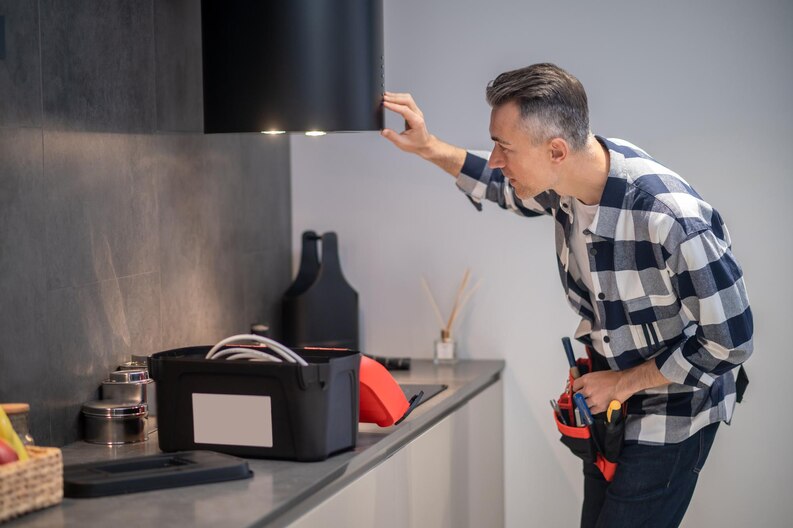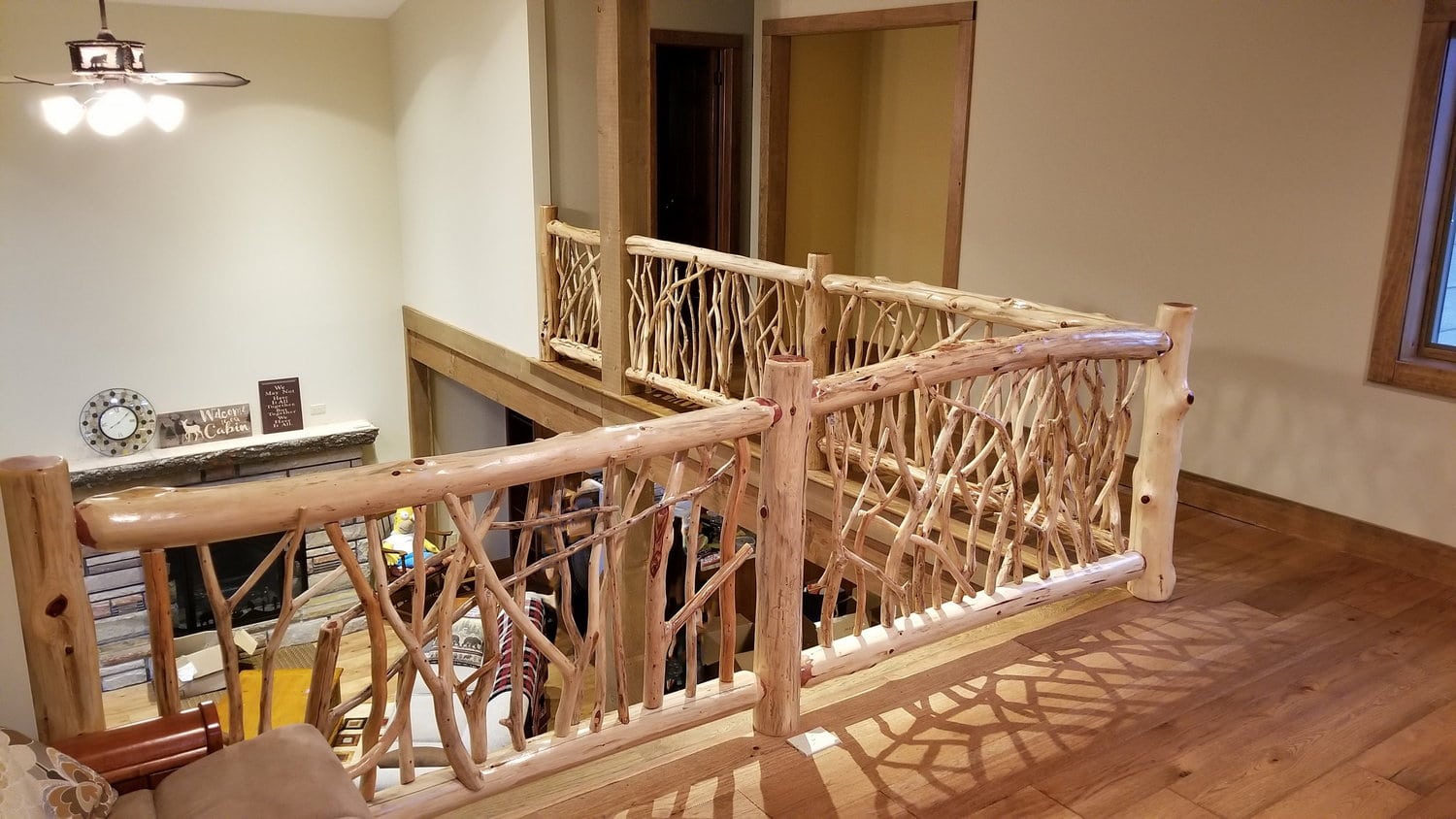Keeping a kitchen functioning smoothly doesn’t have to drain your wallet. Many common kitchen problems can be handled with a few simple tools, a little patience, and a bit of DIY know-how. Whether you’re dealing with a leaky faucet, an uncooperative appliance, or simply want to boost your kitchen’s functionality, learning some basic repair skills can save time and money. This guide covers DIY solutions for common kitchen issues and highlights when to turn to commercial kitchen repair services for more complex problems.
Why DIY Kitchen Repairs Can Be a Money-Saver
Hiring professional repair services can get expensive, especially if the issue is minor. Knowing how to handle basic repairs can save money while helping you keep your kitchen in top shape. However, it’s also essential to recognize when an issue is beyond DIY capabilities and when commercial kitchen services can offer a more cost-effective, long-term fix.
Common DIY Kitchen Repairs and How to Do Them
Fixing a Leaky Faucet
A leaky faucet is one of the most common issues in any kitchen. The sound of a dripping faucet can be both annoying and costly in terms of wasted water. Thankfully, most leaks are easy to fix:
- Identify the Type of Faucet: Determine if you have a ball, cartridge, compression, or ceramic-disk faucet. Different faucets require different types of repair kits.
- Turn Off the Water Supply: Always shut off the water supply before working on your faucet.
- Replace Worn-Out Parts: Usually, a leaky faucet results from worn-out washers, O-rings, or seals. Most hardware stores sell inexpensive faucet repair kits.
Unclogging the Kitchen Sink
Clogged kitchen sinks are another frequent hassle, often caused by grease, soap, and food debris build-up. Here’s a straightforward approach to tackle this problem:
- Use Boiling Water: Pouring a kettle of boiling water down the drain can sometimes dissolve the build-up.
- Vinegar and Baking Soda: A tried-and-true natural method, pouring a cup of baking soda followed by a cup of vinegar down the drain can work wonders.
- Plunger or Drain Snake: If the clog is more stubborn, a plunger or a drain snake can usually clear it out.
Repairing or Replacing Cabinet Hinges
Loose or squeaky cabinet hinges can make your kitchen look neglected. Here’s how to keep them in good shape:
- Tighten Loose Screws: Often, a few turns of a screwdriver can make a cabinet door function smoothly again.
- Use Wood Glue for Stripped Screw Holes: If the screw hole has become too large, fill it with a small amount of wood glue and insert a toothpick to reinforce the screw’s grip.
- Replace the Hinge: If tightening and gluing don’t work, replacement hinges are affordable and easy to install.
DIY Appliance Repairs That Can Save Big
Fixing Refrigerator Cooling Issues
When your fridge isn’t cooling properly, a few DIY checks can help determine if you need a new appliance or a simple fix:
- Check the Thermostat Settings: Sometimes, someone may accidentally adjust the thermostat to a higher setting.
- Clean the Coils: Dust-covered condenser coils can overheat, causing your fridge to lose its cooling power. Vacuuming or gently brushing them can restore efficiency.
- Inspect the Door Gasket: The rubber seal around the fridge door helps retain cold air. If it’s damaged, cold air may be escaping, affecting the fridge’s cooling ability.
Unjamming the Garbage Disposal
Garbage disposals can easily jam if hard or fibrous materials get inside. Here’s how to troubleshoot:
- Turn Off Power: Safety first—unplug the disposal or turn off the circuit breaker.
- Use a Hex Wrench: Most disposals come with a hex wrench for unjamming the blades. Insert it into the bottom of the disposal and turn to free the blades.
- Press the Reset Button: Many disposals have a reset button that can resolve minor issues after a jam is cleared.
DIY Dishwasher Troubleshooting
A dishwasher not cleaning well can often be fixed with a few simple steps:
- Clean the Filter: A clogged filter can prevent proper water circulation. Remove and rinse it every few months.
- Check the Spray Arms: Food debris can block the spray arms. Remove them and clean out any obstructions.
- Use Dishwasher Cleaner: Running an empty cycle with a dishwasher cleaner or a cup of white vinegar can help remove build-up.
Knowing When to Call in Commercial Kitchen Repair Services
While DIY repairs are budget-friendly, there are instances where calling commercial kitchen repair services is the best decision. If an appliance repeatedly malfunctions, or if you encounter electrical or gas-related issues, it’s best to leave these repairs to professionals. Professional technicians have the tools and expertise to handle complex issues, often saving you more money in the long run by preventing future breakdowns.
Benefits of Using Commercial Kitchen Services
Specialized Expertise
Professionals offering commercial kitchen services are equipped with the latest tools and training to handle any appliance or system within a kitchen. For business owners or those with high-demand kitchens, their expertise can prevent costly mistakes that could arise from a DIY approach.
Faster and More Efficient Repairs
Professional repair services have access to parts and tools that the average homeowner might not. They can source replacement parts quickly and finish repairs efficiently, minimizing downtime.
Extended Lifespan of Appliances
Regular maintenance from commercial services can extend the lifespan of your appliances. By identifying and addressing minor issues early, professionals prevent these problems from evolving into costly breakdowns.
Essential Tools for DIY Kitchen Repairs
Having a well-stocked toolkit can make DIY kitchen repairs easier. Consider investing in the following tools:
- Screwdrivers (Flathead and Phillips)
- Adjustable Wrench and Pliers
- Utility Knife
- Hex Wrenches (for appliances like garbage disposals)
- Caulking Gun (for sealing and waterproofing)
- Pipe Wrench (for plumbing repairs)
These tools are versatile and can handle a range of DIY tasks around the kitchen.
Preventive Maintenance Tips to Avoid Costly Repairs
- Regularly Inspect Appliances: Check the condition of your refrigerator, stove, and dishwasher monthly to catch any early signs of wear.
- Clean Kitchen Appliances and Fixtures: Regular cleaning prevents dirt and build-up from causing malfunctions.
- Avoid Putting Hard Items in the Garbage Disposal: Hard items like bones or fruit pits can jam or damage your garbage disposal.
- Keep Cabinets Dry: Water damage can warp cabinets over time. If you notice any leaks under the sink, fix them promptly.
Saving Time and Money With DIY Kitchen Repairs
Doing minor repairs yourself can bring a sense of accomplishment along with financial benefits. If you’re willing to get hands-on with a few simple tools and techniques, you can handle many kitchen fixes yourself. Remember, however, to call on commercial kitchen repair services when the repair is beyond your comfort level or when dealing with more complex appliances. This balanced approach can save you time, money, and stress in the long run.
By adopting a DIY approach for minor kitchen repairs, you can save on repair costs while keeping your kitchen in excellent working order. Just remember, if a repair seems beyond your expertise, professional commercial kitchen services are there to help you handle the tough jobs.




